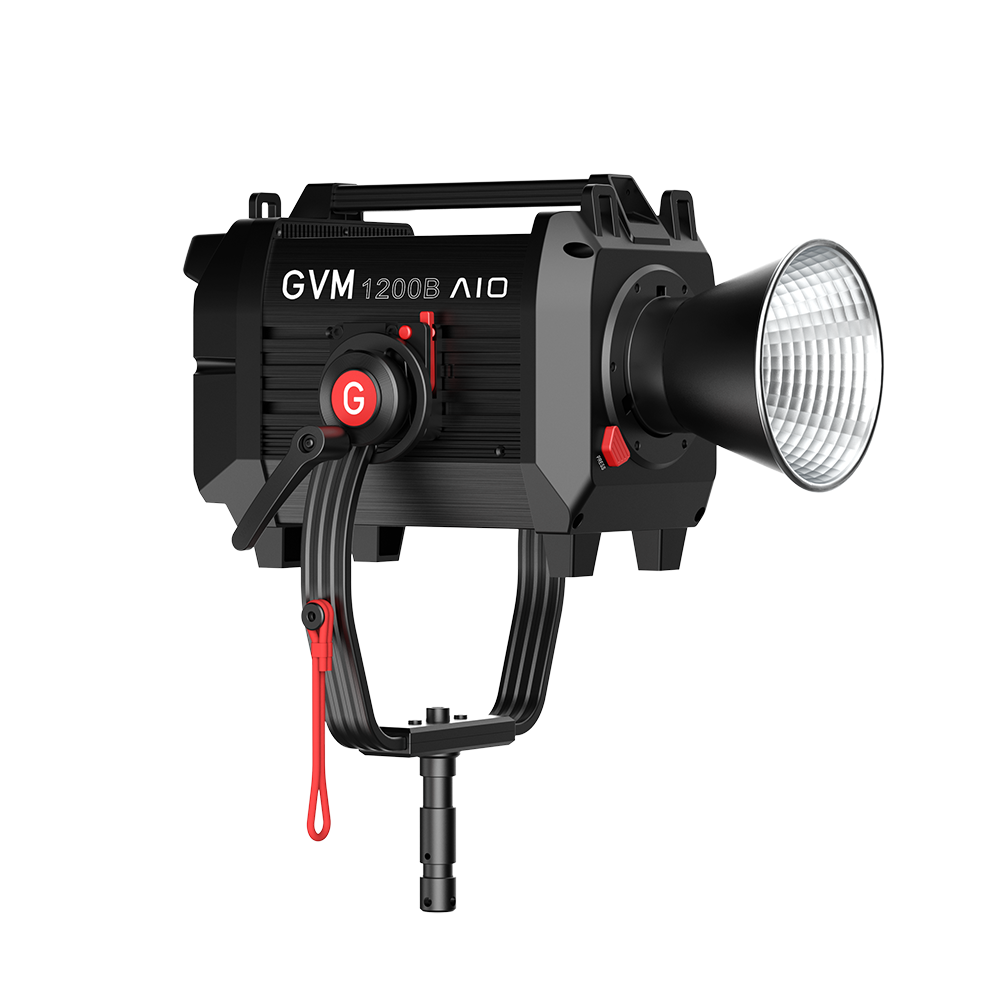Different filters and their functions in photography
It is said that filters are a must-have for landscape photographers, but the truth is that whether you focus on landscape photography or portrait photography, we inevitably need to use different types of filters to achieve the desired effect. By using filters, we can easily and quickly control the mood of the entire photo. From the most simple protective filter to the black and white effect filter, for many photography enthusiasts who are new to the filter system, the wide variety of filters often make them dazzling. It’s not hard to go to the store and buy something. What’s hard is not knowing how to find the right product for your needs or how to ask questions about filters. In the case of sunglasses, filters are like “sunglasses” for lenses. But water can carry a boat, and so can filters. We all know that wearing sunglasses indoors can distort your vision, and that filters, if used incorrectly, can have a detrimental effect on picture quality. Let’s take a quick look at the different filters and what they do with a quick guide.
protective glass

The only purpose of protective goggles is to protect your lens. I highly recommend adding protective lenses to your lenses to protect them from dirt, fingerprints, rain, and other impurities. Also, if your lens drops or bumps, the protective lens will keep the lens from getting scratched.
GI-UV Block
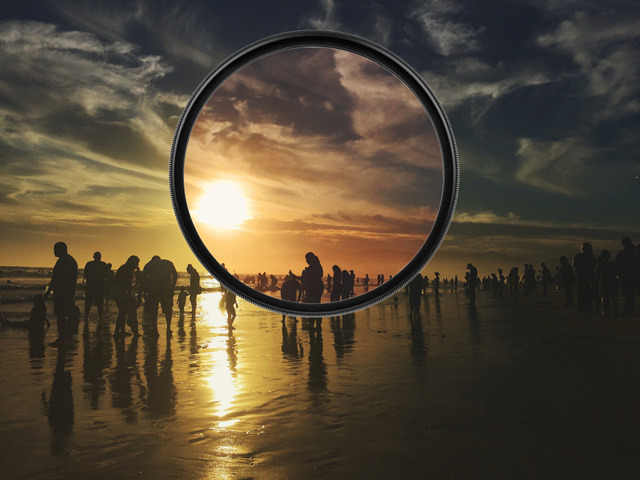
UV mirror also known as UV filter, even if UV mirror will cause the lens picture quality, especially the resolution of the decline, but this filter really helps to neutralize color. At the same time, it can also prevent the glare of the lens to a certain extent, and play the same role of protecting the lens as protecting the mirror.
polarizer
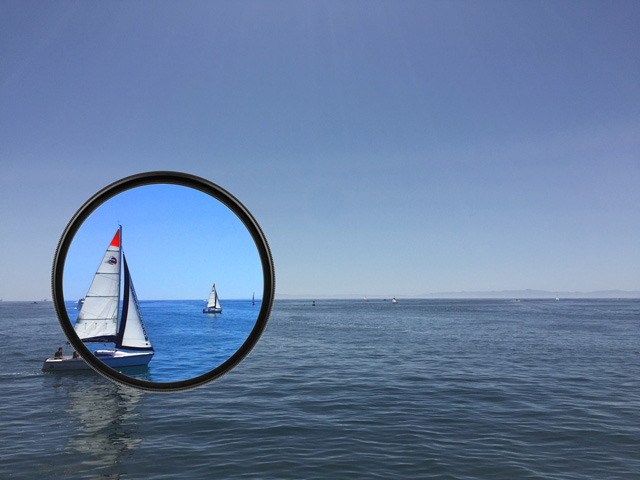
A filter that helps reduce reflection, increase contrast, and increase color saturation is called a polarizer. There are two main types of common polarizers: the first type is linear polarizers, which are commonly used for non-SLR cameras; The second is the familiar circular polarizer commonly used in SLR cameras. According to our preferences and actual needs, polarizing mirrors can give us a more obvious visual effect of photos.
Hard Gradient Medium Grey Gradient Mirror:

Medium gray gradients are mainly used to balance exposure in high contrast scenes. This filter prevents overexposure of the sky or underexposure of the ground when we need to shoot scenes where the sky is bright and the ground is dark. Hard gradients are suitable for scenes where the boundary between heaven and earth is clear, such as deserts where the horizon is flat.
Soft gradient medium gray gradient mirror
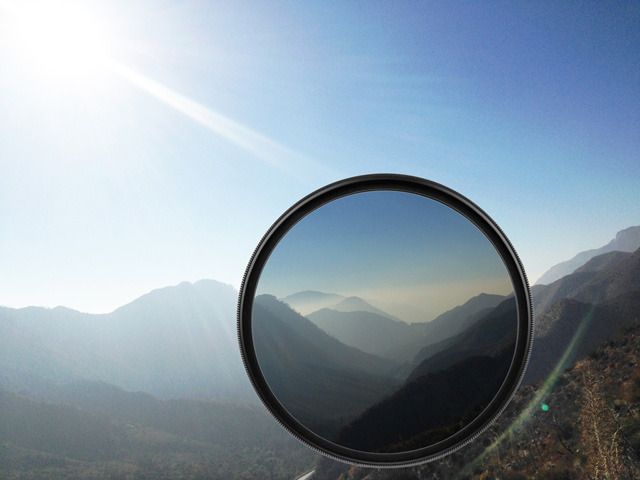
One of my favorite scenes to shoot is the mountainous landscape, which is one of the most frequently represented landscapes. But unlike desert scenes, it’s often hard to separate the sky from the earth, and the horizon isn’t straight. Therefore, we need to replace the hard gradient filter with a soft gradient filter to achieve a similar effect. While avoiding overexposure or underexposure, soft gradients do not leave stark and obvious chiarmatous boundaries in the picture.
Reverse gradient medium Grey Gradient Mirror:

Compared with the traditional gradient mirror, reverse gradient mirror is relatively rare in the market. But if you’re a fan of sunrise or sunset, this filter should be a must-have. The color depth of the reverse gradient mirror decreases from the center to the edge, with the center part being the darkest and the edge the lightest. This design can well cope with the sunrise and sunset, the horizon part of the brightest, the sky and sea (ground) is relatively dark, thus can avoid the phenomenon of local overexposure.
Color filter:
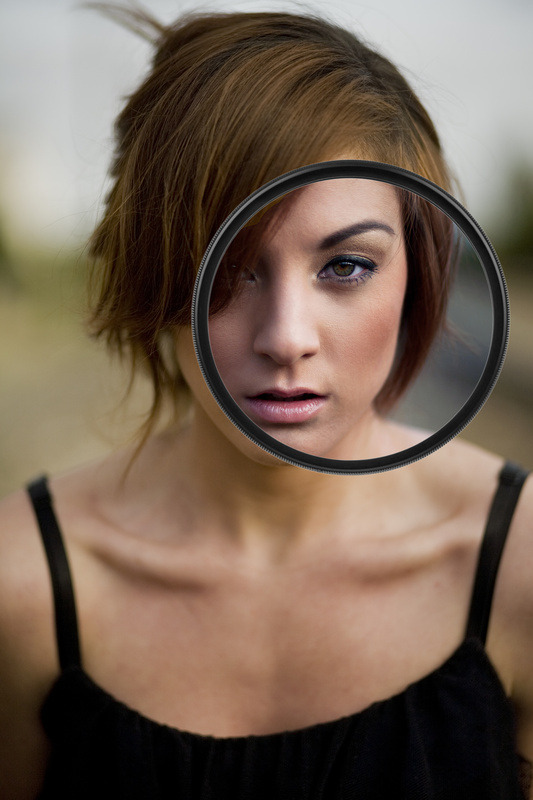
Love of color and all things related to color can be said to be one of the defining characteristics of a photographer. Color filter has the function of color correction, color recombination and color enhancement. It is ideal for photographers who want to correct or add color to their images and films.
Cold and warm filters:
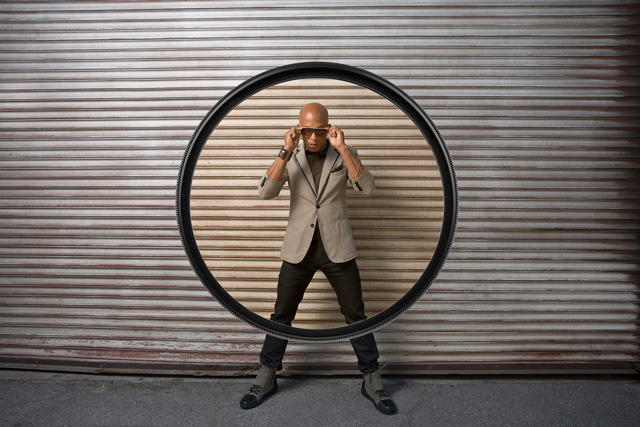
Do you like the warm tone? Cold and warm filters are suitable for correcting unreal colors, and can also be used to change the color temperature of the original image, adding cold or warm tones to the image. As well as changing the white balance, the filter also helps us shift the mood and atmosphere of the photo.
Black and white filter:

Black and white enthusiasts will definitely use this filter to the maximum, but there are many other ways to make photos look black and white these days. Black and white filter mainly has red, orange, yellow, green and other colors, it is mainly through the same color with its own light through, and filter other color light to achieve a specific black and white effect.
These are just some of the many filters. Of course, with the development of digital imaging technology, people have begun to add filters to their photos more and more through post-processing. However, there are still filters like UV or polarizer that are difficult to simulate with post-production software, others like black and white or color filters have been gradually replaced by post-production software, unless you are a cinematographer.

